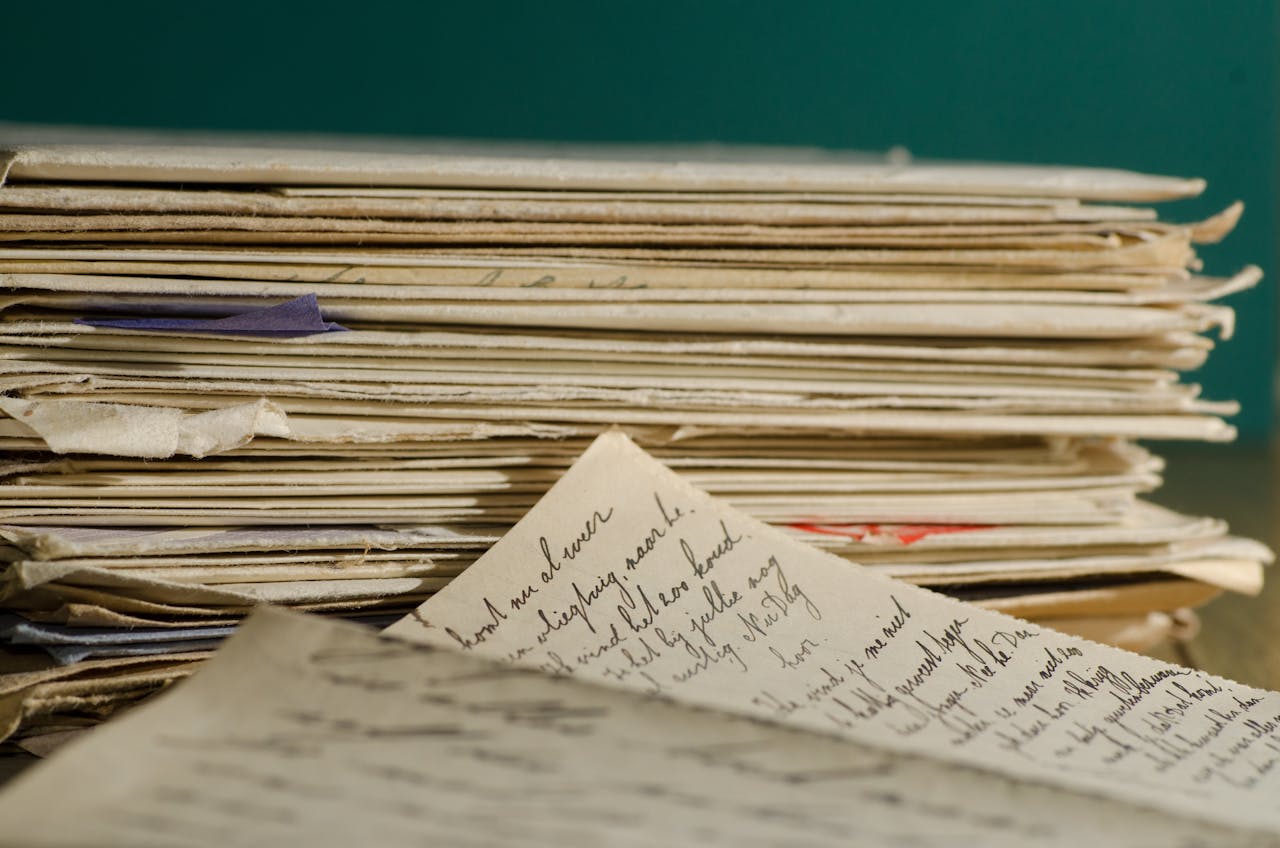To most Kenyans, it’s just “The Archives.” It’s more than just a building; it is a popular spot right in the heart of Nairobi. People use it to give directions, meet up for first dates, wait for friends or clients, or even watch the crowd go by. Some even hang around to pick out newbies or check out what’s going on. The building is a silent witness to the city’s daily hustle. But beyond being a popular meeting point, have you ever wondered what’s inside?
Behind those big doors and strong walls lies a treasure chest of Kenya’s history. The Kenya National Archives isn’t just a landmark; it’s the memory of our nation. Inside, you’ll find everything from old photos and newspapers to letters, maps, government records, and rare books. It’s where Kenya keeps the proof of where we’ve come from.
The Kenya National Archives
Officially, it is referred to as the Kenya National Archives and Documentation Services. It was established in 1965 under the Public Archives and Documentation Service Act, Cap. 19 of the laws of Kenya. The department is mandated to take all practicable steps for the proper housing, control, and preservation of all public archives and public records in any format. The information resources formats include books, audio-visual, Microfilm, electronic and handwritten records, pictures, and more
This means that all inactive or passively active public records, documents that are no longer in everyday use but still important, have a safe and permanent home in the building. These records are not just kept for the sake of storage; they hold real value. Some are used for administrative purposes, like tracking government decisions. Others have legal value, serving as proof in case of disputes. Some carry financial importance, especially those related to budgets, taxes, and spending.
Many are preserved for their historical significance, capturing Kenya’s journey through time from colonial days to independence and beyond. They also have evidential value, showing how decisions were made and by whom, and informational value, helping researchers, students, and curious citizens learn more about the country and its people. In short, these records help keep Kenya’s memory alive, accurately and honestly.
The Library
Let’s bypass the famous Mulumbi Gallery for a minute. The Kenya National Archives has an active Library that holds books on different aspects of history, politics, economics, law, culture, and development. You’ll find government reports from way back, academic theses, census reports, newspapers, and even old Hansards (records of parliamentary debates). It’s a goldmine for those who want to dig deep into the facts.
These are rare publications you won’t easily find elsewhere. Unlike public and school libraries, this space is a reading room for researchers, students, and anyone looking for serious information about Kenya’s past and present. You can only hold a resource for a given number of hours. It may not look flashy from the outside, but inside, the library is a quiet powerhouse of learning. It’s one more reason why the Kenya National Archives is not just a meeting point, but a place worth exploring.
The repository
The Kenya National Archives serves as a national repository — a secure home for all inactive or semi-active public records. These are documents that are no longer in daily use but still carry significant value. Ministries, government departments, and public offices regularly transfer such records here for safe storage and preservation.
By keeping these records safe, the Archives ensures that Kenya doesn’t lose touch with its story. Researchers, policymakers, and the public can access these materials to understand where we’ve come from, how decisions were made, and what lessons we can carry forward. In this way, the repository doesn’t just store history — it protects our national memory.
The Murumbi Gallery
Named after Joseph Murumbi, Kenya’s second vice president. He loved African art, and now his collection lives on in the Archives. If you step inside, you’ll see amazing traditional artwork, carvings, masks, textiles, and even books from across the continent. It’s a peaceful place, full of culture and color, hidden right in the middle of the city’s noise.
Joseph Murumbi and his wife Sheila dedicated their lives to preserving African history through art, books, and rare artifacts. When you step into the gallery, you enter a colorful and deeply personal world of Africa’s past. The walls are lined with traditional masks, textiles, carvings, jewelry, pottery, and paintings from across the continent. Each piece tells a story — not just of Kenya, but of Africa’s diverse cultures, traditions, and beliefs.
But it’s not only about objects. The gallery also holds rare books and manuscripts, some written long before independence, offering insights into how Africa was seen and understood by both its people and outsiders. For anyone interested in African heritage, the Murumbi Gallery is a quiet but powerful reminder of the beauty, depth, and richness of our roots.
Many people pass by it every day, not knowing that just beyond those steps is a quiet world filled with knowledge and history. It’s open to the public, and it’s surprisingly affordable to enter. Whether you’re curious about your family’s roots, interested in African art, or just want a quiet break from the chaos of Nairobi, the Archives has something for you.
So the next time you’re meeting someone outside the Archives, take a few minutes and step inside. You might walk out with a new appreciation of what it means to be Kenyan — and a few stories to tell.
